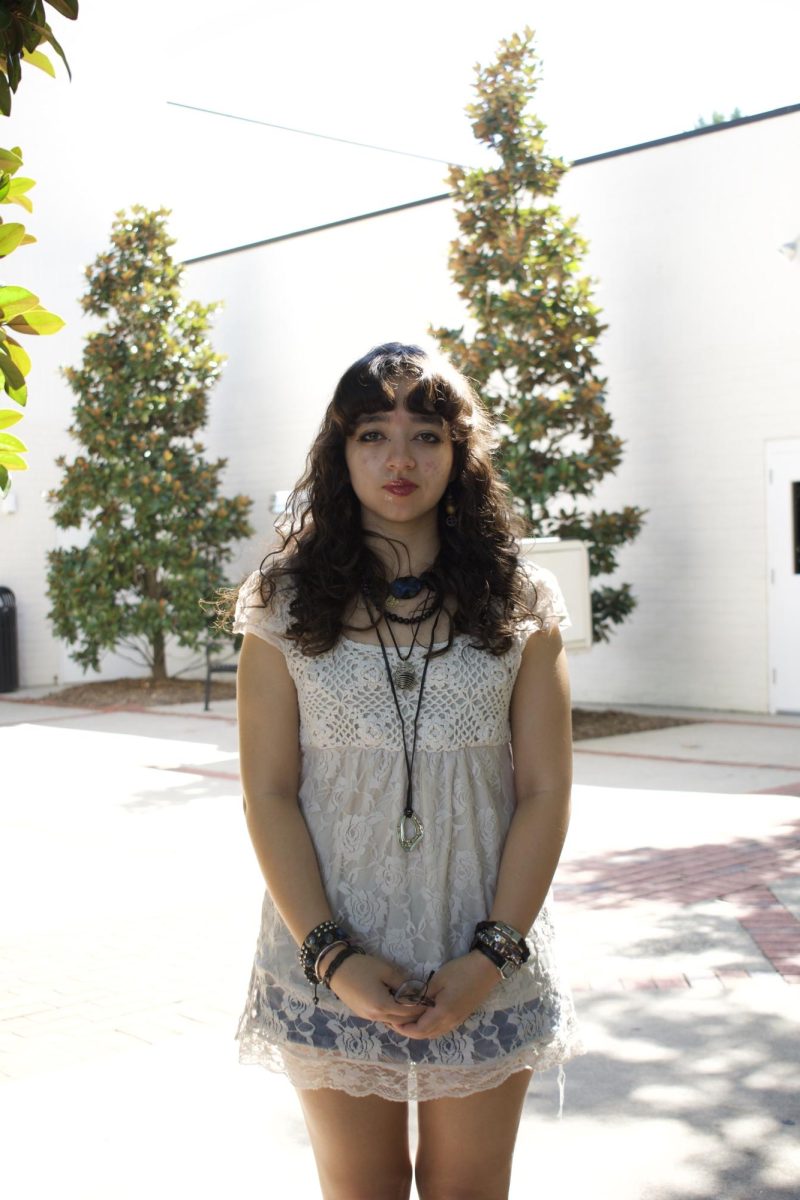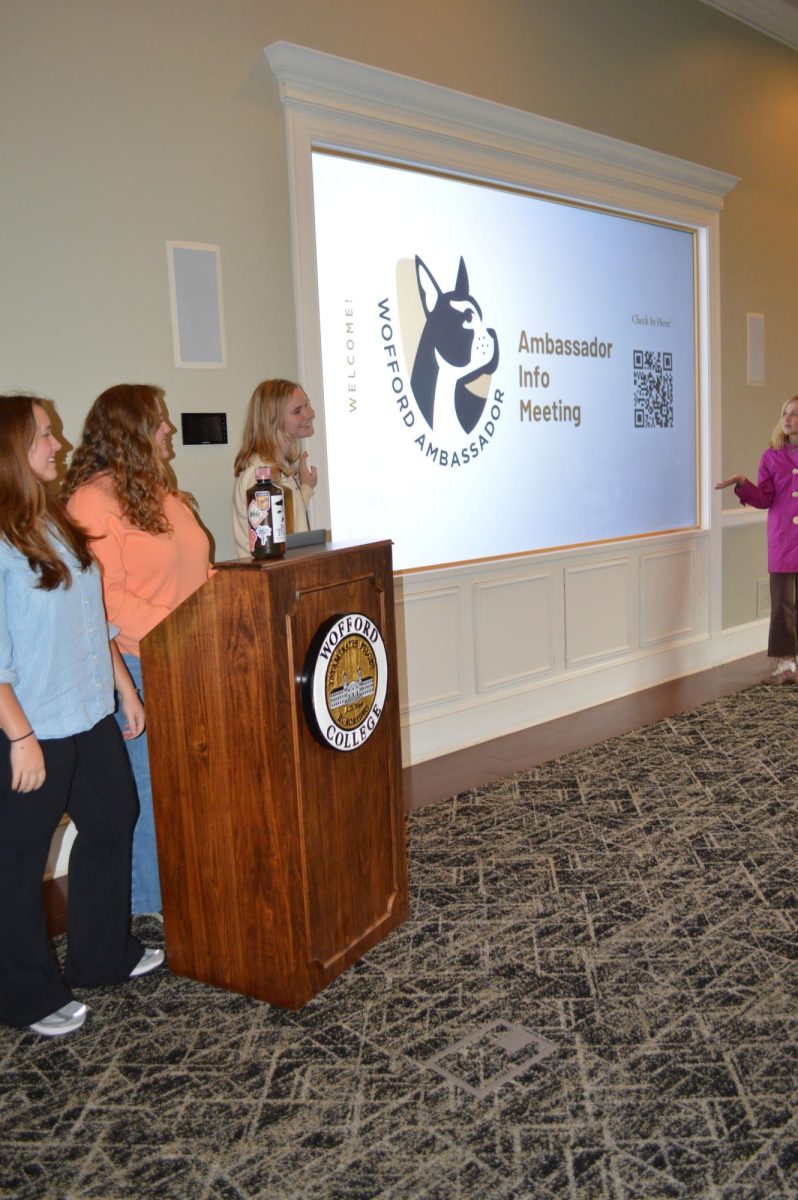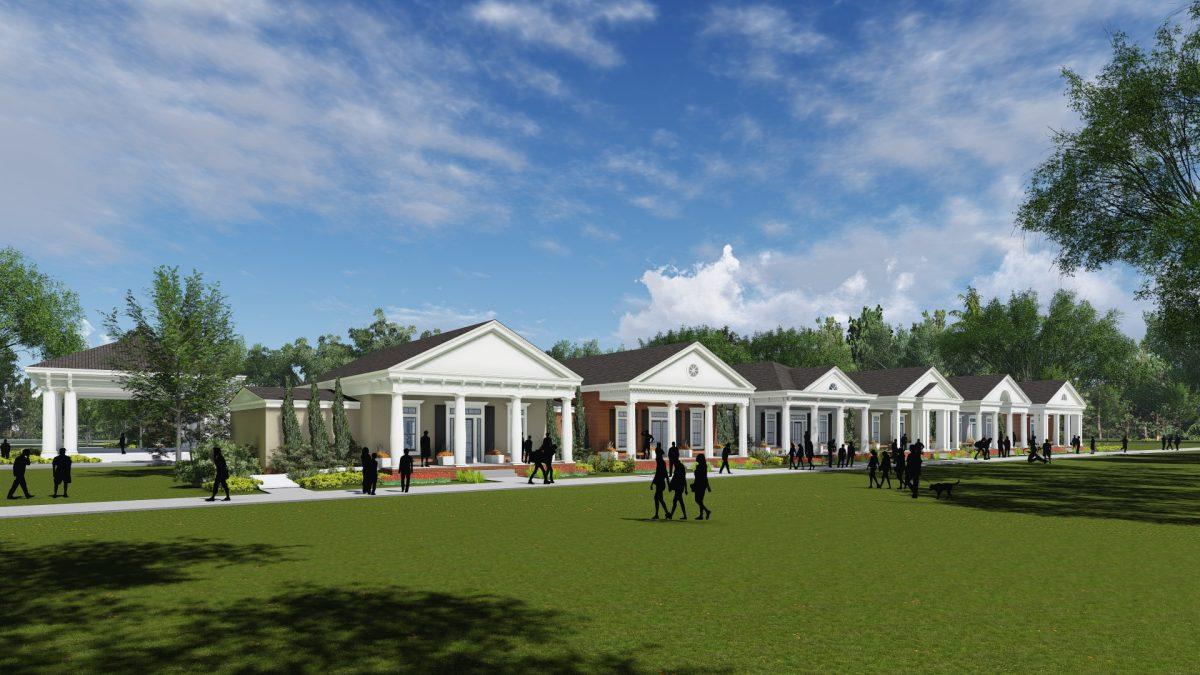BACK PORCHES REMAIN A STICKING POINT—
Within the idyllic Wofford “bubble” that encompasses the small sector of downtown Spartanburg between North Pine and North Church Street lies arguably the most unique, beloved and dilapidated social spot in the South: Fraternity Row. Constructed nearly 60 years ago in 1956, the Row has stood through JFK’s assassination, segregation, coeducation, the Cold War, and maybe most impressively, thousands of college parties. Unlike most college students, Wofford students do not go out to bars on the weekends. We don’t even leave campus at all. On a Friday nights, we stumble past Old Main, across the grassy quad, confidently show our Row stickers to the show pros in the middle of the grassy horseshoe, and house-hop between different fraternity parties until Campus Safety shuts them down at 2 a.m.
Fraternity Row attracts new students, contributes to our “tightly-knit” community, and plays a large role in upholding the traditions that Wofford reveres. But, after 60 years of faithful service, its missing windowpanes, nonfunctioning bathrooms and haphazardly built back decks really have seen better days. The houses’ undeniably poor state, coupled with the negative media that Greek organizations are receiving across the nation, has culminated in Wofford’s most recent unveiling of the new Greek Village as part of its newly implemented Strategic Vision to become a “premier, innovative and distinctive national liberal arts college defined by excellence, engagement and transformation.”
Because more than 50 percent of Wofford’s campus is Greek, improving Wofford inherently must include improving Greek life. According to Dean of Students Roberta Bigger, the Greek Village is vital to Wofford’s development: “We know at least half of our student leaders choose to be members of Greek-letter organizations. Therefore, the new Greek Village has been designed for fraternity and sorority activities.”
Although the new Row is not set for completion until fall of 2016, current Wofford students will eventually gain what Bigger refers to as “the most attractive Greek Village in the United States,” one that provides “state-of-the-art space that fraternities and sororities will use seven days a week — not just for weekend social events and band parties,” although it has been designed “with all the activities that sororities and fraternities create and host” in mind. At $400,000 plus per house, the construction is a long-term investment that administration believes will benefit the campus.
The Village, consisting of 11 connected houses surrounding a large grass gathering area with a shared pavilion, is drastically different from the Row that students have been lovingly making fun of for years. Bigger remarks that the “current layout contributed heavily to the design,” but some students are not at all pleased with Wofford’s attempt to “homogenize” and “control” Greek Life.
The main issue that students across campus have with the new Greek Village is not its location or even the fact that they will be living without a social place for a year while the new Row is built. It is the back porches, or lack thereof. Scott Hiler, an SAE, acknowledges that “the houses look very nice and the plans look very appealing,” but vehemently argues that “having the houses share a community back yard for ‘all’ students regardless of organizational affiliation is ridiculous.”
According to Hiler, part of Greek life’s social value lies in its exclusivity, and the unique standards that each organization chooses to individually uphold.
Hiler continues, “I chose to be in a specific fraternity, and that was my choice, along with many other students at this school. I didn’t join one big Wofford fraternity. Each one is different, that’s why we have to rush, to see who we like, and who we get along with.” Students, while excited to be getting such an innovative place to host their chapters, feel that the college has been ignoring their pleas for separated back porches.
Additionally, students and leaders of Greek-letter organizations are concerned that the Village’s layout violates the complex national rules and liability policies of Greek organizations. Rufus Chambers, president of IFC, says, “My main concern with the Row’s new design is that the new design needs to have some sort of security parameter for the back porch areas,” as “each fraternity is responsible for crowd control and management, which will be difficult to do without some sort of fencing.”
Currently, the houses’ layout seem better suited for Wofford’s sororities, which have previously shared a common meeting space in Anna Todd, and been operated from small hallway offices.
Alumna Ryann Kroske McCall, ’13, who now works with Wofford’s Development Office as their coordinator of marketing and communications, thinks that “sororities have much to gain” from finally having their own houses. “Sisters can use the houses in the Greek Village seven days a week… for meetings, study spaces, casual hang-out, sisterhood events and more.” McCall adds, “Sense of place is so important, and even as an alum, I feel like the ZTA house in the Greek Village will provide me with a place to call “home” when I return to campus for tailgates, Homecoming and other events.”
Regardless of its mixed reception, the construction of the Greek Village will mark a monumental point in Wofford’s history, one that impacts both current students and future generations of Wofford attendees. A decision this significant must be born from wholehearted campus support from everyone involved, which unfortunately has yet to be achieved. Although sharply divided on physical design, administration, students and alumni all certainly want the same thing: for Wofford to get The Greek Village right, and to replace the heart of social life with something even better than before.





























